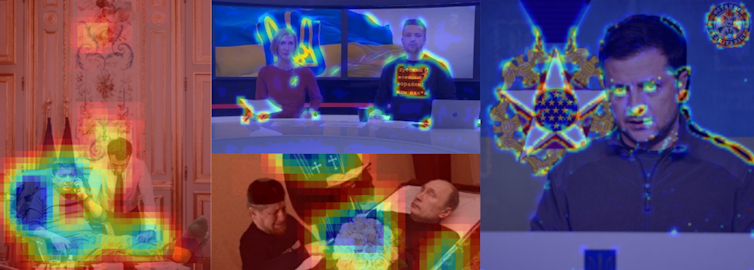
Say-Cheese/iStock via Getty Images Plus
Una Osili, Indiana University and Xiao “Jimmy” Han, Indiana University
Although the US$557 billion Americans gave to charity in 2023 marked a 2.1% decline in inflation-adjusted terms, U.S. donations have increased significantly over the past two decades. Giving has grown by about 42% since 2003, according to the annual Giving USA report – which our team at the Indiana University Lilly Family School of Philanthropy researches and writes in partnership with the Giving USA Foundation.
While overall charitable funds have expanded according to the most recent data available, the share of Americans who give to charitable causes has fallen. It plummeted from 66.2% of all U.S. adults in 2000 to 45.8% in 2020, our team determined in a different study we released in 2024. In short, the number of dollars is up, while the share of Americans who are donors is down.
As the second Trump administration gets underway, having fewer people donating more is one reason why scholars of philanthropy like us are watching how the federal government handles tax policy and other measures that could influence charitable giving.
Decline continued when the COVID-19 pandemic began
Our latest study regarding the donors’ side of the American giving equation included data from 2020 – the first year of the COVID-19 pandemic.
We found that a long-term decline in Americans’ participation in charitable giving accelerated during the first year of the pandemic. The share of Americans who gave to charity fell from 49.6% in 2018, the prior year for which data is available, to 45.8% in 2020 – a nearly 4-percentage-point decline in two years. This data is only available for every other year.
Those findings may appear to contradict many anecdotal reports about charitable activity and other acts of generosity being on the rise at that time.
The share of Americans who give to charity had fallen by 3.5 percentage points in the prior two-year period – a sign that the pandemic may have sped up the decline in the giving participation rate.
Giving is growing more concentrated
How can the total amount contributed rise while the share of donors declines?
The answer is simple: The donors who still give to charity are giving more than they used to, even after adjusting for inflation.
The total amount the typical U.S. donor gave in a year rose from $3,131 in 2018 to $3,651 in 2020. That’s an 16.6% increase in just two years.
We also found that American donors with higher incomes, more education and more wealth are giving larger amounts than they used to.
Bouts of economic volatility and, in recent years, inflation running at levels not seen since the 1980s may have left many American families with less money to donate to charities.
Other factors include cultural shifts, a decline in religious affiliation and a loss of trust in institutions of all kinds.
What’s around the corner
Changes enacted during the first Trump administration have been reverberating in recent years, and the second Trump administration’s policies are also likely to influence giving trends.
Most of the taxpayers who had previously been able to take advantage of the charitable deduction, which reduces taxable income in accordance to the value of a taxpayer’s donations, stopped itemizing and instead took advantage of the standard deduction after President Donald Trump signed the Tax Cuts and Jobs Act into law in late 2017.
That’s because the 2017 tax reforms increased the standard deduction. As a result, many people stopped itemizing their tax returns and started using the standard deduction instead.
About 30% of taxpayers itemized in 2017, which meant they could benefit from the charitable deduction. But since 2018, only about 10% of them have been itemizing. A recent study one of us worked on determined that the tax changes reduced charitable giving by $20 billion in 2018 alone.
The White House could attempt to address the sustained decline in the share of Americans making charitable donations by considering policies that have the potential to encourage more people to give to charity.
The shrinking ranks of American donors matters because philanthropy plays a prominent role in fulfilling Americans’ spiritual, intellectual and material needs and aspirations for people of all backgrounds.![]()
Una Osili, Professor of Economics and Philanthropic Studies; Associate Dean for Research and International Programs, Lilly Family School of Philanthropy, Indiana University and Xiao “Jimmy” Han, Research Associate of Philanthropy, Indiana University
This article is republished from The Conversation under a Creative Commons license. Read the original article.



























































